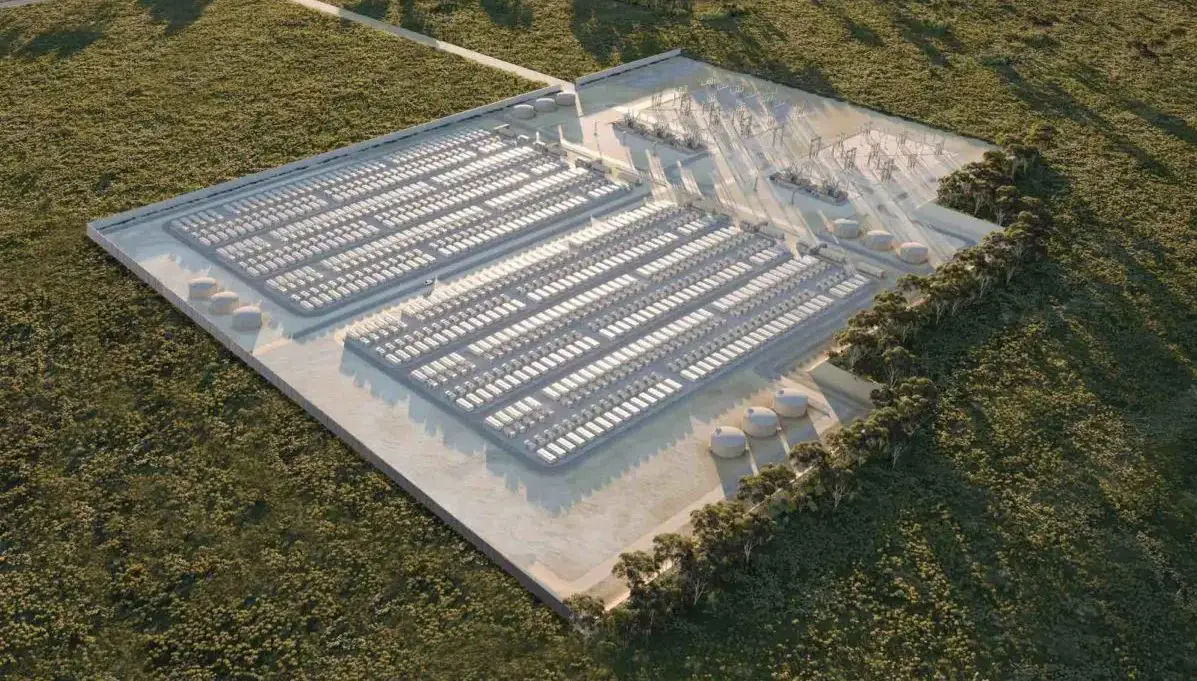The Melbourne Renewable Energy Hub (MREH), a groundbreaking project by Equis Development; a prominent renewable energy developer is reshaping the landscape of Melbourne’s energy scene.
This massive project by Equis will set new standards for how much energy batteries can store.
The Melbourne Renewable Energy Hub got its approval from Australia’s Minister of Environment and Water, Tanya Plibersek. Initially, they contemplated that it will be around 2.4GWh; however, this is a little lower at 1.6GWh. Despite this modification, the MMEH project remains phenomenal.
To speed up the first part of building, Equis is using three batteries in the special project. Two of them are big, with a strong 200 MW / 400 MW capacity. Equis owns 70%, and Victoria’s revamped State Electricity Commission (SEC) owns 30%.
The third battery is a strong one, with a capacity of 200 MW / 800 MWh, making it able to store power for four hours. Equis owns 51%, and the SEC owns 49% in a teamwork setup. This battery is crucial because it has a 100% agreement with the SEC, helping the state body support solar and wind projects.
Also Read: Riverina Battery System Powers Australia with 150 MW/300 MWh Capacity
Melbourne Renewable Energy Hub Empowering Australia’s Future
The first phase involves much power including 600 MW of battery and 1600 MWh of storage space. The biggest-ever infrastructure project more than a billion ($661M). Firstly, SEC injects $245 million in form of equity and Equis commits $510 million.
It has to be noted that the MREH secured full permission including a joint power output capacity of 1 000 MWh. According to Equis, they have approximately 600MW saved for a later, and they’re looking into long-term storage of power up to 12 hours. They are looking at developing new flow battery system for long term storage.
Lithium technologies are reliable; and this is why Equis chose to employ them in the first phase of this project. Together they linked up with Tesla, who agreed to install 444 integrated Tesla Megapack storage units. AusNet and Lumea will support the set-up of important infrastructures. Notably, the joint effort with Samsung C&T and Genus Plus Group will take care of the EPC roles.
For example, Equis has operated within the Australian market for quite some time now, but started out in Singapore. After Equis Energy was sold to Global Infrastructure Partners in 2018, they underwent various transformations. Following this was Equis Development who were backed by the Abu Dhabi Investment Authority and the Ontario Teacher’s pension plan board.
Although MREH is one of the 39 projects worth more than $6.5 billion by Equis in renewable energy, battery storage and waste infrastructure in Australia, Equiss think big. Additionally, there is another huge project that involves the construction of a 300 MW/1,200 MWh battery close to Tamworth in New South Wales, Energy Storage System of 200 MW/800 MWh at Brinkworth in South Australia
With the busy construction machines at the Plumpton site, Equis is pushing for a greener Australia. The emergence of sturdy yet durable sustainable energy infrastructures signals the onset of a new time period.

